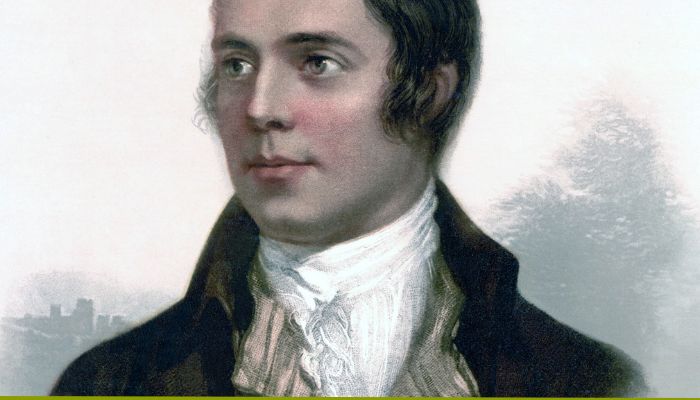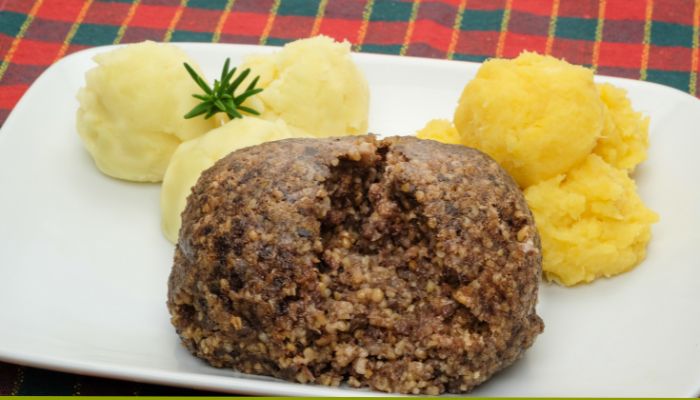- Home
- Make a claim
- Airlines
- Adria Airways
- Aegean Airlines
- Aer Lingus
- Aeroflot Russian Airlines
- AeroMexico
- Air Albania
- Air Algerie
- Air Arabia
- Air Austral
- Air Baltic
- Air Canada
- Air China
- Air Corsica
- Air Dolomiti
- Air Europa
- Air France
- Air India
- Air Malta
- Air Mauritius
- Air Moldova
- Air New Zealand
- Air Philippines
- Air Senegal International
- Air Serbia
- Air Transat
- Alitalia Express
- All Nippon Airways
- American Airlines
- Arkia Israel Airlines
- ASL Airlines
- Atlantic Airways
- Aurigny Air Services
- Austrian Airlines
- Avianca
- Azerbaijan Airlines
- Azores - SATA International
- Biman Bangladesh Airlines
- Blue Air
- Blue Islands
- Bluebird Airways
- BMI Regional
- British Airways
- Brussels Airlines
- Brussels International Airlines
- Bulgaria Air
- Buzz Stansted
- Cathay Pacific
- China Airlines
- China Eastern Airlines
- Continental Airlines
- Corendon Airlines
- Croatia Airlines
- Cyprus Airways
- Czech Airlines
- Delta Air Lines
- Eastern Airways
- easyJet
- Egyptair
- El Al Israel Airlines
- Emirates
- Envoy Air
- Ethiopian Airlines
- Etihad Airways
- Eurowings
- Finnair
- Fly One
- Flybe
- Flyr
- Gol Transportes Areos
- Gulf Air
- Helvetic Airways
- HiSky
- Iberia Airlines
- Iberia Express
- Icelandair
- Iran Air
- Iraqi Airways
- ITA Airways
- Japan Airlines
- Jazeera Airways
- Jet Airways
- Jet2
- JetBlue Airways
- Kenya Airways
- KLM
- Korean Air
- Kuwait Airways
- LATAM Airlines
- Lauda Europe
- Loganair
- LOT Polish Airlines
- Lufthansa
- Luxair
- Malaysia Airlines
- Norwegian
- Nouvelair Tunisie
- Pakistan International Airlines
- Pegasus Airlines
- Play Airlines
- Qantas
- Qatar Airways
- Rossiya Russian Airlines
- Royal Air Maroc
- Ryanair
- SAS
- Saudia
- Scoot
- Silk Way Airlines
- Singapore Airlines
- Sky Express
- South African Airways
- SriLankan Airlines
- SunExpress
- Sunwing Airlines
- Surinam Airways
- Swiss International
- TAP Air Portugal
- Thai Airways
- Transavia
- TUI
- Tunisair
- Turkish Airlines
- Turkmenistan Airlines
- Ukraine International Airlines
- United Airlines
- Vietnam Airlines
- Virgin Atlantic
- Vueling Airlines
- WestJet
- Wideroe
- Wizz Air
- Airports
- FAQ's
- Compensation Calculator
- Recent Flight Delays
- Blog
- About Us
- Contact Us
What is Burns Night and How is it Celebrated?
Date: 25 JUL 24
Burns Night, celebrated on January 25th, honors Scotland's national poet, Robert Burns. It's a night filled with rich traditions, delicious food, and cultural pride. Whether you're Scottish or just a fan of Burns' work, Burns Night is a celebration that brings people together to appreciate Scottish heritage.
The History of Burns Night
Who Was Robert Burns?
Robert Burns, born in 1759, is Scotland's most famous poet. Known for his influential works like "Auld Lang Syne" and "Tam o' Shanter," Burns' poetry reflects themes of love, nature, and social justice. His contributions to literature have made him a beloved figure in Scottish culture.

The Origin of Burns Night
The first Burns Night was held in July 1801, on the fifth anniversary of Burns' death, by his close friends. The tradition quickly shifted to January 25th, his birthday, and has been celebrated annually ever since.
Evolution of the Celebration Over Time
Initially, Burns Night was a simple gathering of friends and family. Over the years, it evolved into a more formal event, complete with specific rituals and traditions, reflecting the deep respect and admiration for Burns' legacy.
Traditional Burns Night Celebrations
The Burns Supper
At the heart of Burns Night is the Burns Supper, a meal that pays tribute to the poet. The supper includes several traditional courses, each with its own significance and ceremony.
Essential Components of the Supper
The Burns Supper typically includes haggis, neeps (turnips), and tatties (potatoes), all washed down with Scotch whisky. Each course is accompanied by readings and performances of Burns' works.
The Running Order of the Evening
The evening begins with a welcoming speech, followed by the "Selkirk Grace." The haggis is then brought in with great ceremony, accompanied by bagpipes. The "Address to a Haggis" is recited, and the meal begins. Throughout the evening, there are toasts, recitations of Burns' poetry, and musical performances.
Key Elements of a Burns Supper
The Haggis
Haggis, a savory pudding made from sheep's offal mixed with oats and spices, is the star of the Burns Supper. It is traditionally cooked in a sheep's stomach and served with neeps and tatties.
Neeps and Tatties
Neeps and tatties are mashed turnips and potatoes, respectively. They are the classic side dishes served with haggis and are a staple of Scottish cuisine.
Whisky
No Burns Supper is complete without Scotch whisky. It is used for toasting throughout the evening and is an essential part of the celebration.

Cultural Significance of Burns Night
Celebrating Scottish Heritage
Burns Night is a proud celebration of Scottish culture. It honors not just Robert Burns, but also the rich history and traditions of Scotland.
Robert Burns' Contribution to Literature
Burns' poetry and songs have had a lasting impact on literature and culture worldwide. His works are celebrated for their universal themes and emotional depth.
Global Recognition of Burns Night
Burns Night is celebrated far beyond Scotland. From Canada to Australia, people around the world gather to honor the poet and Scottish culture.
The Role of Poetry and Music
Recitation of Burns’ Poems
Reciting Burns' poetry is a key part of Burns Night. Popular poems include "Address to a Haggis," "To a Mouse," and "A Red, Red Rose."
Musical Performances
Music is an integral part of the celebration. Traditional Scottish songs and Burns' compositions are performed, often with accompaniment from bagpipes and fiddles.
The Immortal Memory Speech
The "Immortal Memory" speech is a tribute to Burns' life and works. It is a central feature of the Burns Supper, reflecting on his enduring legacy.
Modern Celebrations and Variations
Burns Night Across the World
Burns Night has been embraced globally, with celebrations in countries with Scottish communities and beyond. Each place adds its own unique twist to the traditional festivities.
Contemporary Twists on Traditional Celebrations
Modern Burns Night events might include new culinary twists, fusion music performances, and innovative ways to engage with Burns' works.
Virtual Burns Night Gatherings
In recent years, virtual Burns Night celebrations have become popular, allowing people from all over the world to participate in the festivities online.
Planning Your Own Burns Night Celebration
Hosting Tips
To host a successful Burns Night, start with a welcoming atmosphere. Decorate with Scottish tartans and plan a menu that includes traditional dishes.
Menu Ideas
Include haggis, neeps, and tatties as the main course. Add starters like Scotch broth or Cullen skink, and desserts like cranachan or tipsy laird.
Incorporating Scottish Traditions
Incorporate elements like the "Address to a Haggis," recitations of Burns' poetry, and traditional Scottish music to create an authentic experience.
Conclusion
Burns Night is a celebration of Scottish culture, literature, and community. It honors the legacy of Robert Burns and brings people together to enjoy traditional food, poetry, and music. Whether you're hosting a Burns Supper or attending one, the spirit of Burns Night is about celebrating the richness of Scottish heritage.
FAQs
What is the significance of Burns Night?
Burns Night celebrates the life and works of Robert Burns, Scotland's national poet, and is a tribute to Scottish culture and heritage.
How did Burns Night start?
Burns Night began in 1801, five years after Robert Burns' death, when his friends gathered to honor his memory. It has since become an annual tradition on his birthday, January 25th.
What do you eat on Burns Night?
Traditional Burns Night fare includes haggis, neeps (turnips), and tatties (potatoes), often accompanied by Scotch whisky.
Can Burns Night be celebrated outside of Scotland?
Absolutely! Burns Night is celebrated worldwide, with people embracing Scottish traditions and honoring Robert Burns' legacy.
How can I host a Burns Night at home?
To host a Burns Night at home, plan a menu with traditional Scottish dishes, incorporate poetry recitations and music, and create a warm, festive atmosphere.
claim now
Have you had a flight delay, missed connection, cancelled flight or have been denied boarding in the last 6 years? If so try our free flight checker to see how much you may be entitled to in compensation for you AND your fellow travellers.
Start a Claim
































































































































